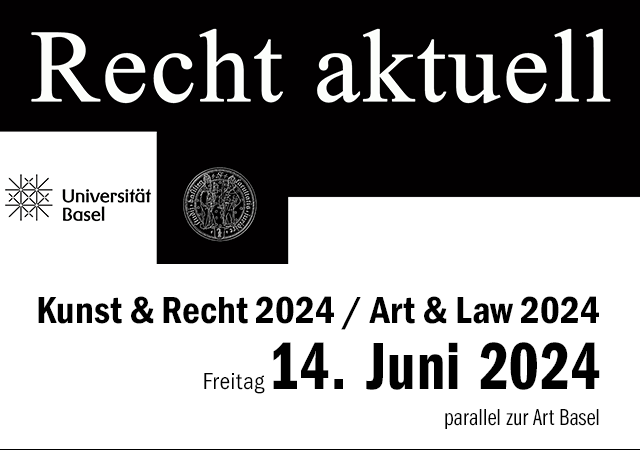- Volume 25 (2023)
- Vol. 25 (2023)
- >
- Issue 2
- No. 2
- >
- Pages 60 - 66
- pp. 60 - 66
In 2011, a recently discovered and extensively restored painting, Salvator Mundi was exhibited at the National Gallery London as an autograph Leonardo da Vinci. Six years later, on November 15th, 2017, it was auctioned at Christies, catalogued, once again, as an autograph Leonardo. Mohammed Bin Salman, the de facto ruler of Saudi Arabia, paid $450m for the picture, making it the most expensive painting in the entire history of art. It was sold with a glamorous provenance starring the French King Francis I, English King Charles I and his wife Henrietta Maria – with guest appearances from a Hollar engraving and from two preparatory drawings from the Royal Collection – which had been cut and pasted from Joanne Snow Smith’s book on the Ganay Salvator Mundi from the 1982 and which had also surfaced in the 19th century attached to a Salvator Mundi sold at Auction. Twelve years earlier, American art dealers Robert Simon and Alex Parish had purchased the painting at an auction at the St Charles Gallery Auction House in New Orleans for $1,175 including buyer’s premium. The owners, a family from Louisiana who had the painting in their possession since 1958, received only $700 from the sale. Ever since it re-emerged into the public eye in 2011, debate has raged over its attribution.

